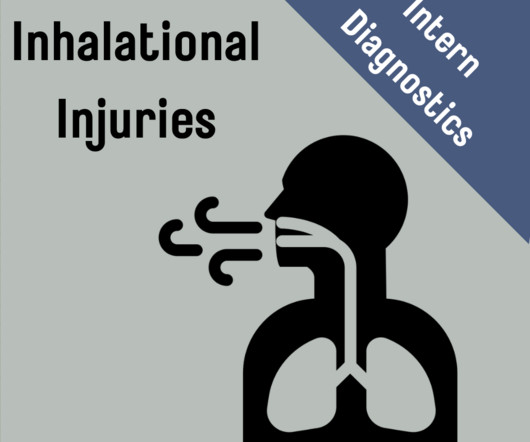Impact of Emergency Department Crowding on Lung Protective Ventilation
RebelEM
MARCH 27, 2023
First ED-based study to evaluate how operational effects such as crowding can affect patient care in the form of LPV Included ARDS criteria relating to the usage of LPV in the ED allowing evaluation as to whether patients with ARDS were more likely to receive LPV settings. 2011 Feb 15; Epub 2010 Aug 27. PMID: 19325480 Gajic O, et al.













Let's personalize your content